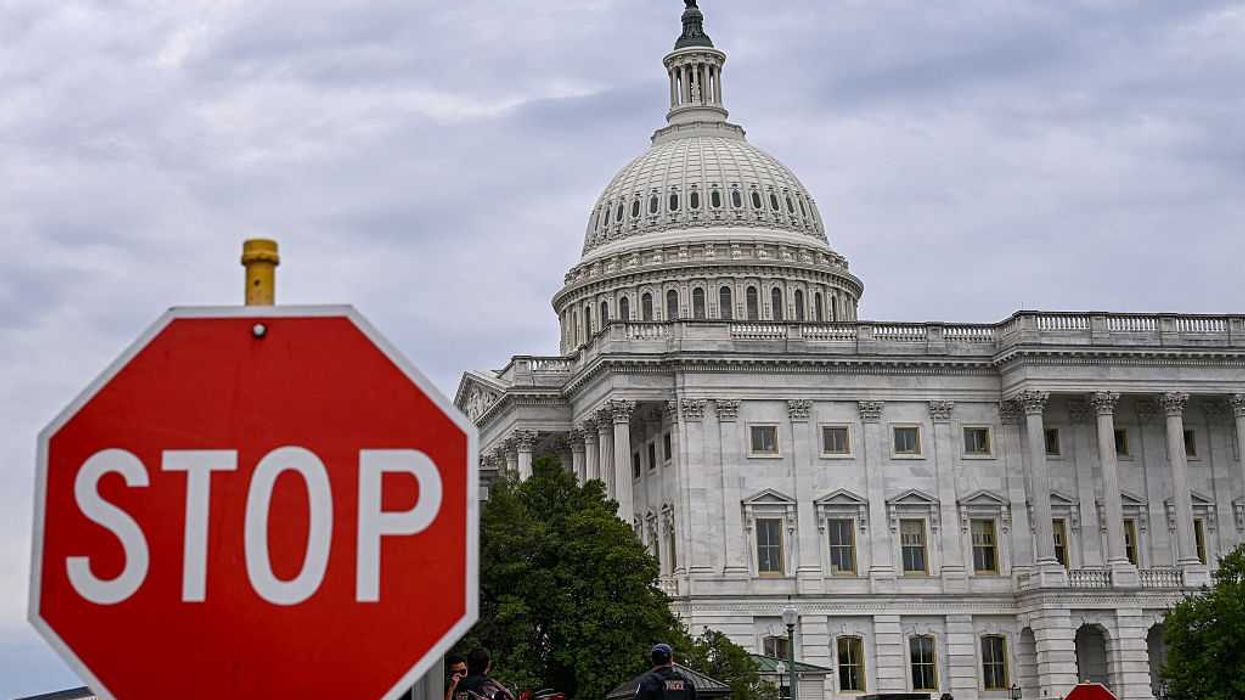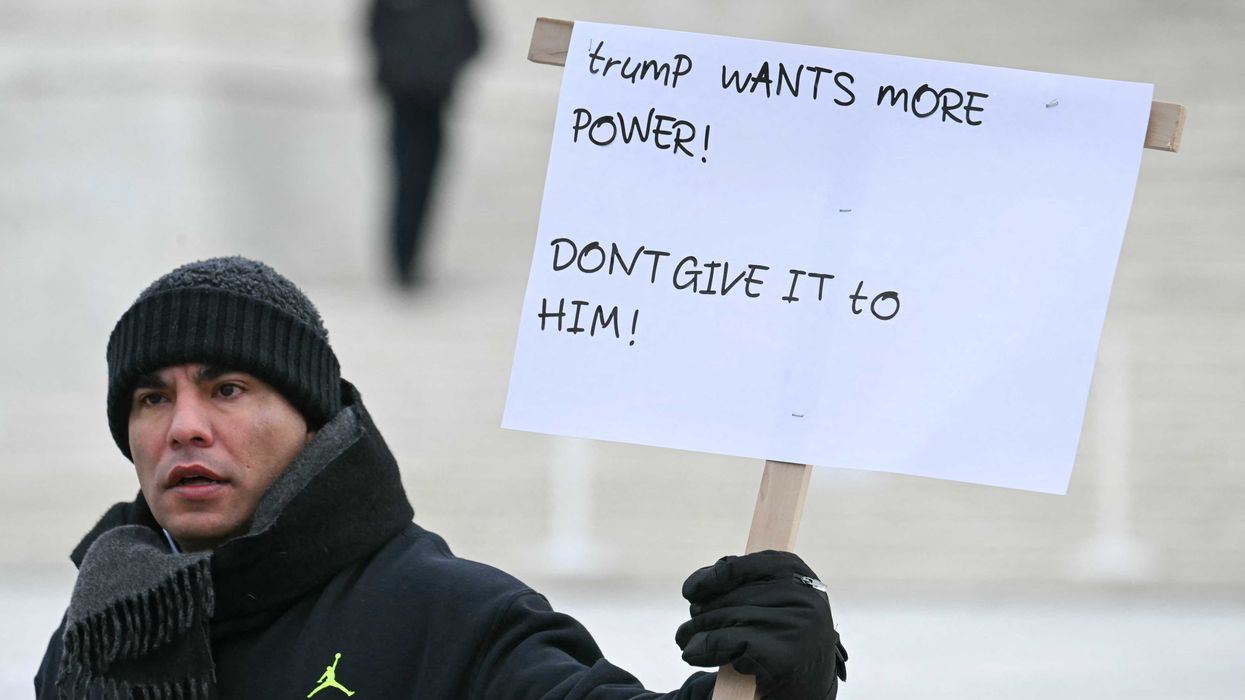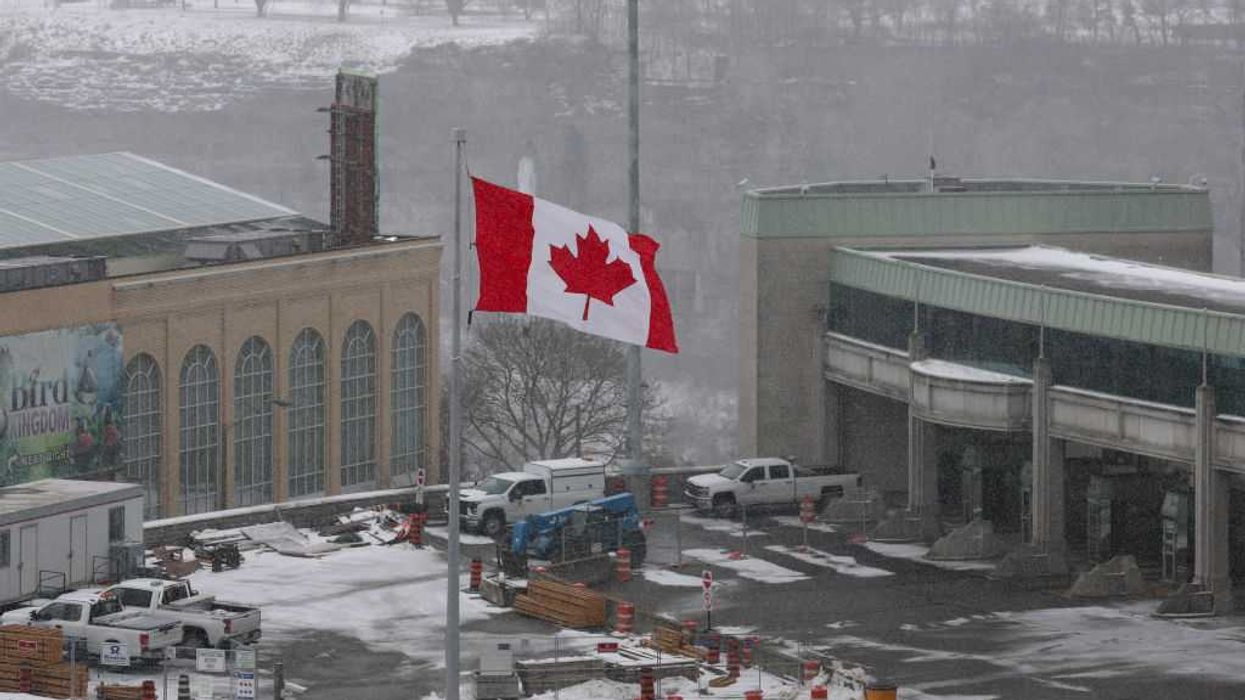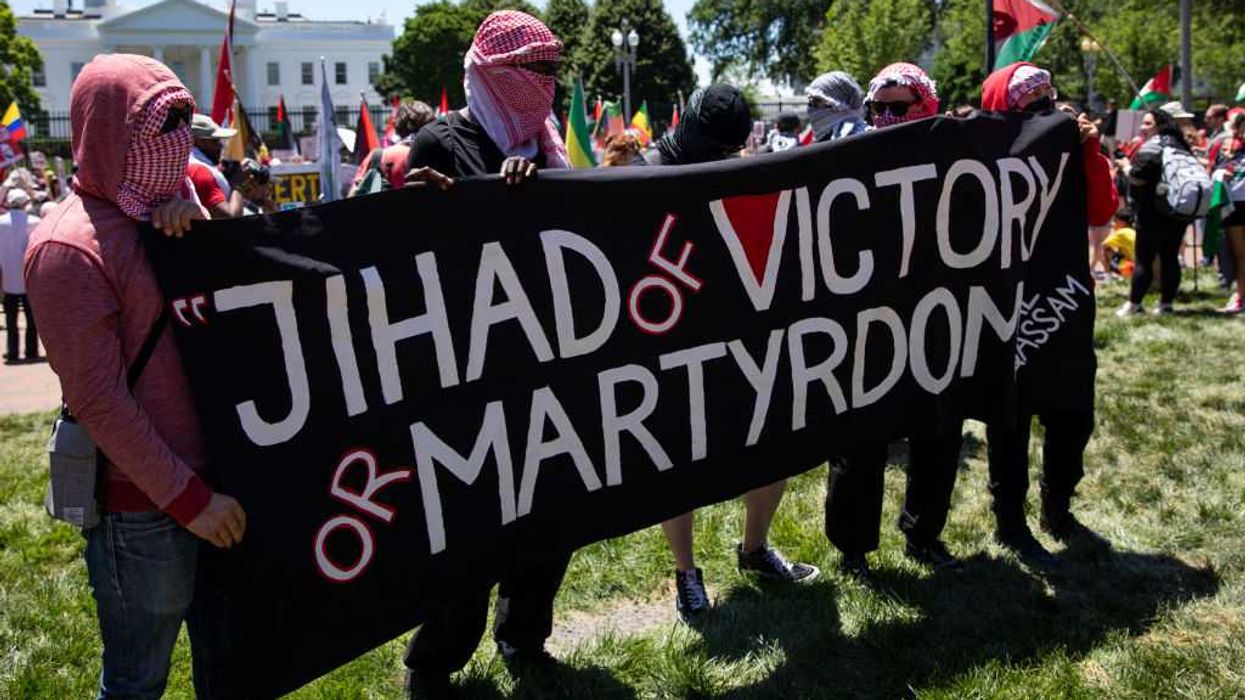It is clearly stated in the Declaration of Independence that "all men are created equal, that they are endowed by their Creator with certain unalienable Rights, that among these are Life, Liberty and the pursuit of Happiness." Life is an unalienable right. It's straightforward. Furthermore, the Constitution passes our rights to our posterity. Who is that? Our unborn children yet to come.
Progressives have done everything possible to discredit our Founding documents, with even President Woodrow Wilson saying, "You can't listen to the Declaration of Independence, and the Constitution is an old dusty document." Progressives would have you believe that abortion has always been a constitutional right, but that couldn't be farther from the truth. In this four-part series on abortion, we'll look at the history of abortion in America, including our Founders's clear beliefs that abortion was murder.
Abortion Part IV: Today's Fight
In the 43 years since abortion became legal, 55 million babies have been destroyed and hundreds of years of laws and beliefs erased from much of society. The battle to change what we know about biology continues as the pro-life movement seeks to stop the slaughter.
Pro-abortion activists control the debate today in America. So much so that Planned Parenthood --- the organization providing the vast majority of abortions in America today --- maintains its federal funding after secret videos exposed it illegally selling body parts from aborted babies.
If this weren't such a deadly, serious issue, it would be almost comical listening to people like DNC Chairperson Debbie Wasserman Schultz avoid referring to her own children as human before they were born.
President Obama, then Illinois State Senator Obama, once awkwardly and painstakingly discussed a bill about whether a child born alive during a failed abortion should receive medical treatment (a bill that Barack Obama opposed).
As I understand it, this puts the burden on the attending physician, who has determined since they were performing this procedure, that, in fact, this is a nonviable fetus. That . . . if that fetus or child --- however, whatever way you want to describe it --- is now outside of the mother's womb, and the doctor continues to think that it's nonviable, but there's, let's say movement or some indication that, in fact, they're not just coming out limp and dead, that, in fact, they would then have to call a second physician to monitor and check off and make sure that this is not a live child that could be saved.
Hillary Clinton, the woman many consider to be the odds-on favorite to become the next president of the United States, believes that in order to bring about the kind of abortion-on-demand world she envisions, "deep-seated cultural codes and religious beliefs have to be changed." Additionally, she believes that "the unborn person doesn't have constitutional rights."
The United States extends rights to illegal aliens, terrorists tried on our soil and mass murderers. How is it possible that an unborn person, as she admitted the fetus was and is, doesn't have constitutional rights? Rights have been granted to the unborn --- our posterity --- from the very beginning of the Constitution in the preamble.
Conservatives want the government involved where it should be involved --- protecting life.
Then Republican presidential candidate Ted Cruz summed it up this way:
I think the first obligation of everyone in public office is to protect life. Life is foundational. In fact, as you look at the Declaration, that ordering of unalienable rights --- life, liberty, and the pursuit of happiness --- I think is a very deliberate ordering. Without life, there is no liberty. And without liberty, there is no pursuit of happiness. That each builds upon the other."
The left speaks of the Roe v. Wade Supreme Court decision as if it had been carved into tablets on a mountaintop. They once spoke the same way about the 1883 Supreme Court decision allowing individuals and corporations to discriminate against blacks. It's time for Americans to realize that Supreme Court decisions are not --- and should not be --- the final and only word in this land.
Listen to the Full Series on Abortion

 ALEX WROBLEWSKI / Contributor | Getty Images
ALEX WROBLEWSKI / Contributor | Getty Images
 JIM WATSON / Contributor | Getty Images
JIM WATSON / Contributor | Getty Images Joe Raedle / Staff | Getty Images
Joe Raedle / Staff | Getty Images AASHISH KIPHAYET / Contributor | Getty Images
AASHISH KIPHAYET / Contributor | Getty Images